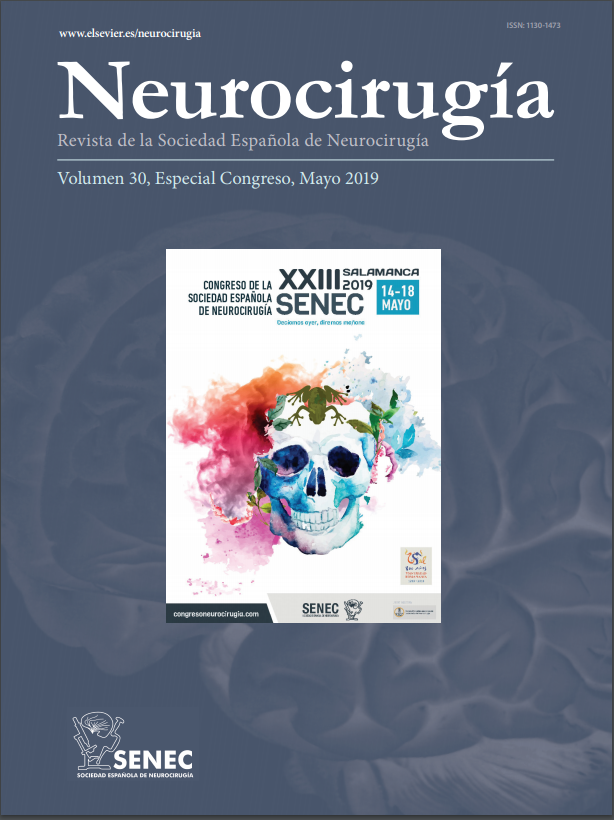C0440 - THE UTILITY OF STEREOELECTROENCEPHALOGRAPHY FOR SEIZURE LOCALIZATION IN PEDIATRIC PATIENTS WITH DRUG-RESISTANT EPILEPSY: ANALYSIS OF 52 CONSECUTIVE CASES
Cincinnati Childrens Hospital, Ohio, USA.
Objectives: Surgical treatment of drug-resistant epilepsy is an option for medically refractory epilepsy in the adult and pediatric population. Identification of epileptogenic foci is necessary prior to surgical treatment. The recent technological advances in Stereoelectroencephalography (sEEG) have allowed direct recording from every cerebral structure and more precise localization of the epileptic zone with a less invasive approach. The system used to perform the SEEG procedure currently utilized at our institution relies on the accuracy of the ROSA surgical robotic system.
Methods: We performed a retrospective review of patients who underwent sEEG between November 2016 and December 2018. Charts were reviewed for patient demographics, specific syndromic and pathological etiology, imaging findings, number and location of electrodes placed, duration of monitoring, surgical complications, location of epileptogenic zone (s), need for repeat SEEG, type of subsequent surgical procedure if applicable, Engel score, length of stay, and hospital charges.
Results: 52 surgeries where performed on 48 patients during that period of time. 26 males. Median age of 11.2 years (2.75-24.5). All surgeries where performed by 2 fellowship trained pediatric neurosurgeons. The mean number of electrodes placed was 11 (6-21) and the mean of duration of monitoring was 7 days (2-28). 17 surgeries involved bilateral placement of electrodes. The accuracy was high. No patient required surgery for sEEG related complications. 39 of the patients underwent subsequent epilepsy surgery. 81% of the patients with a lengthy enough follow up (26/32) experienced an improvement on their seizures (Engel III or superior).
Conclusions: In our early experience, ROSA-assisted sEEG for depth electrode placement is a safe approach for seizure localization in pediatric patients with drug-resistant epilepsy and allows for identification of patients that are candidates for additional ablative or resective procedures. Continuing to collect and review variables described in our results will allow us to identify areas for optimization of the SEEG procedure and outcomes for our patients.







